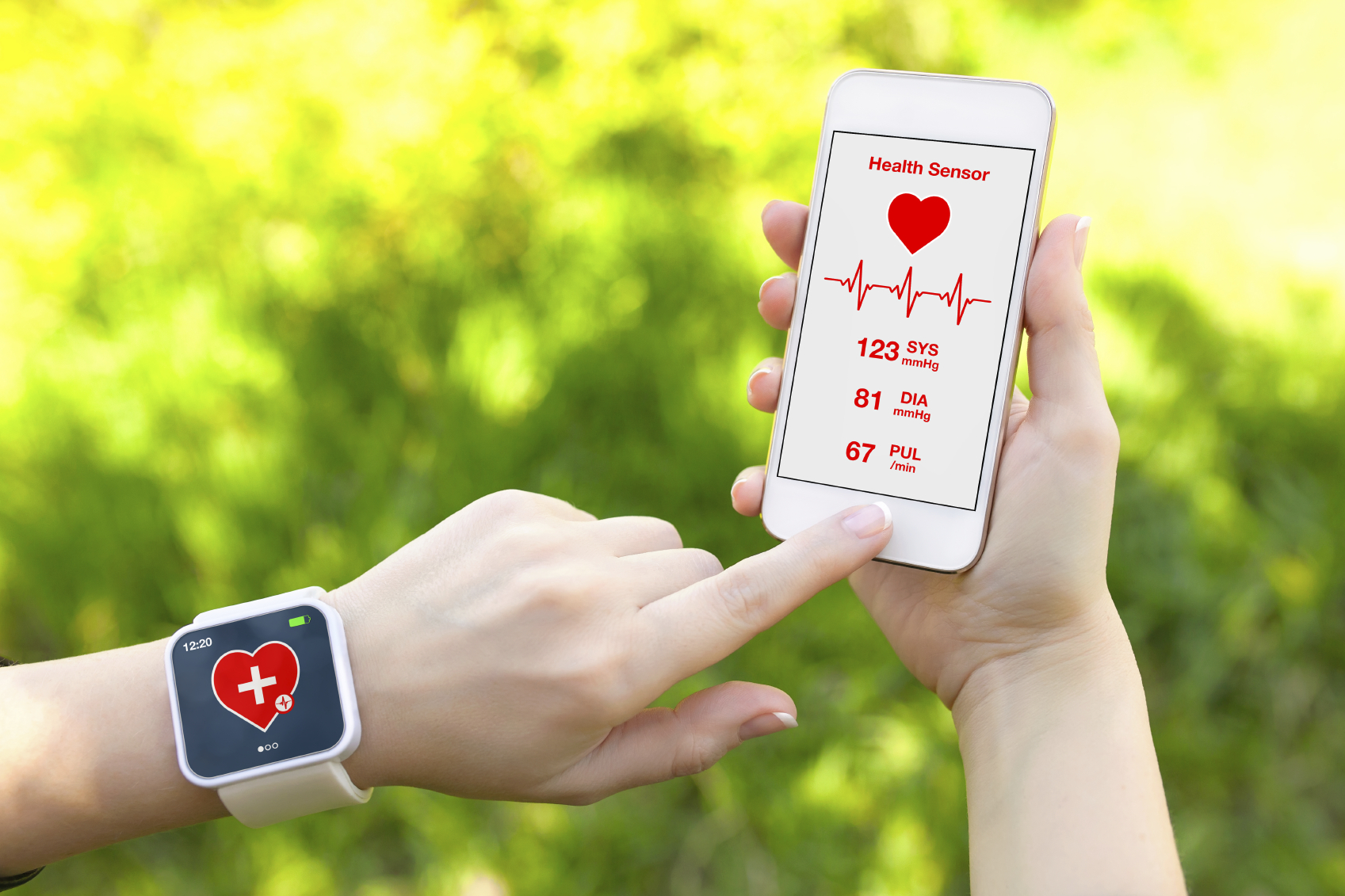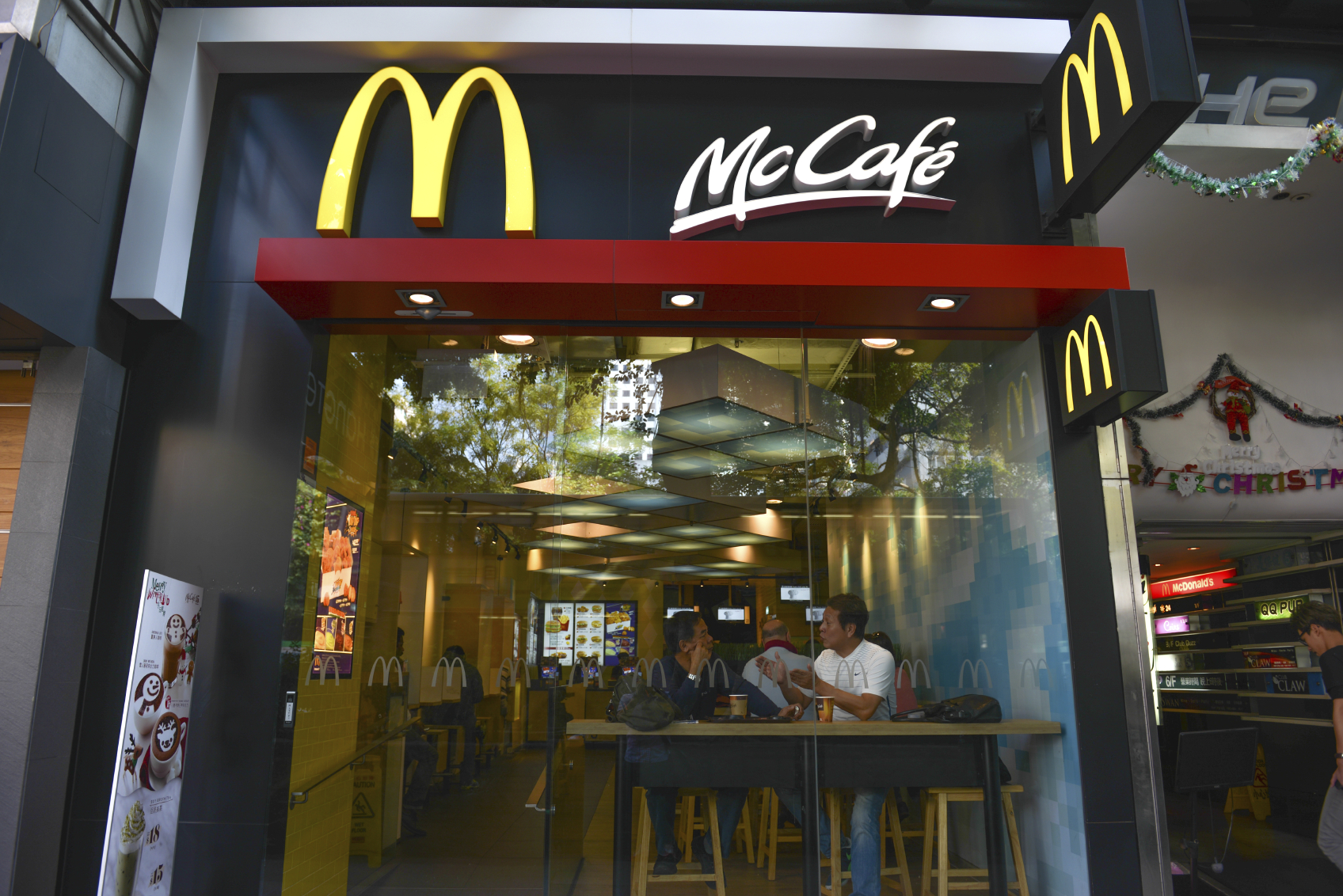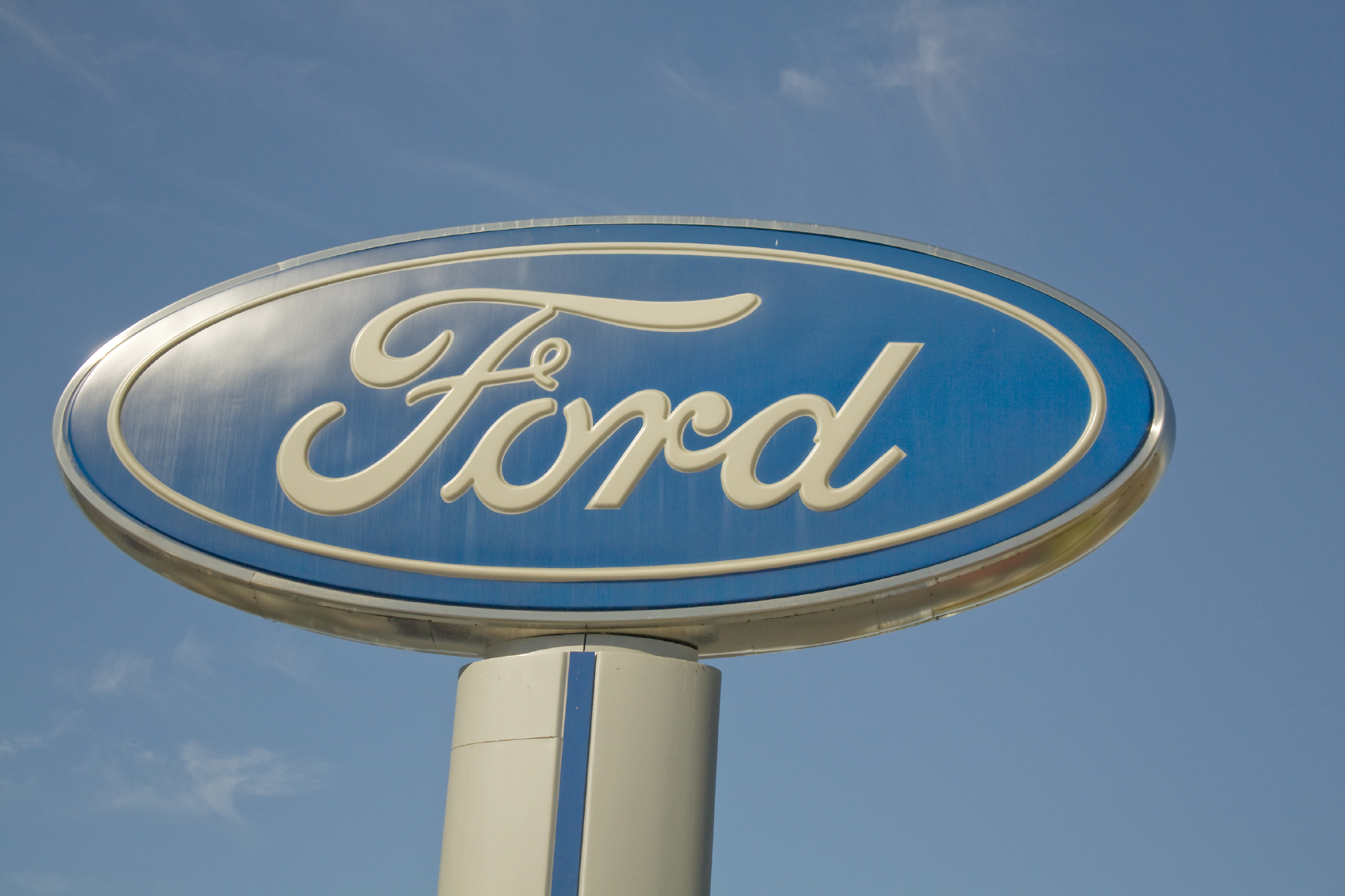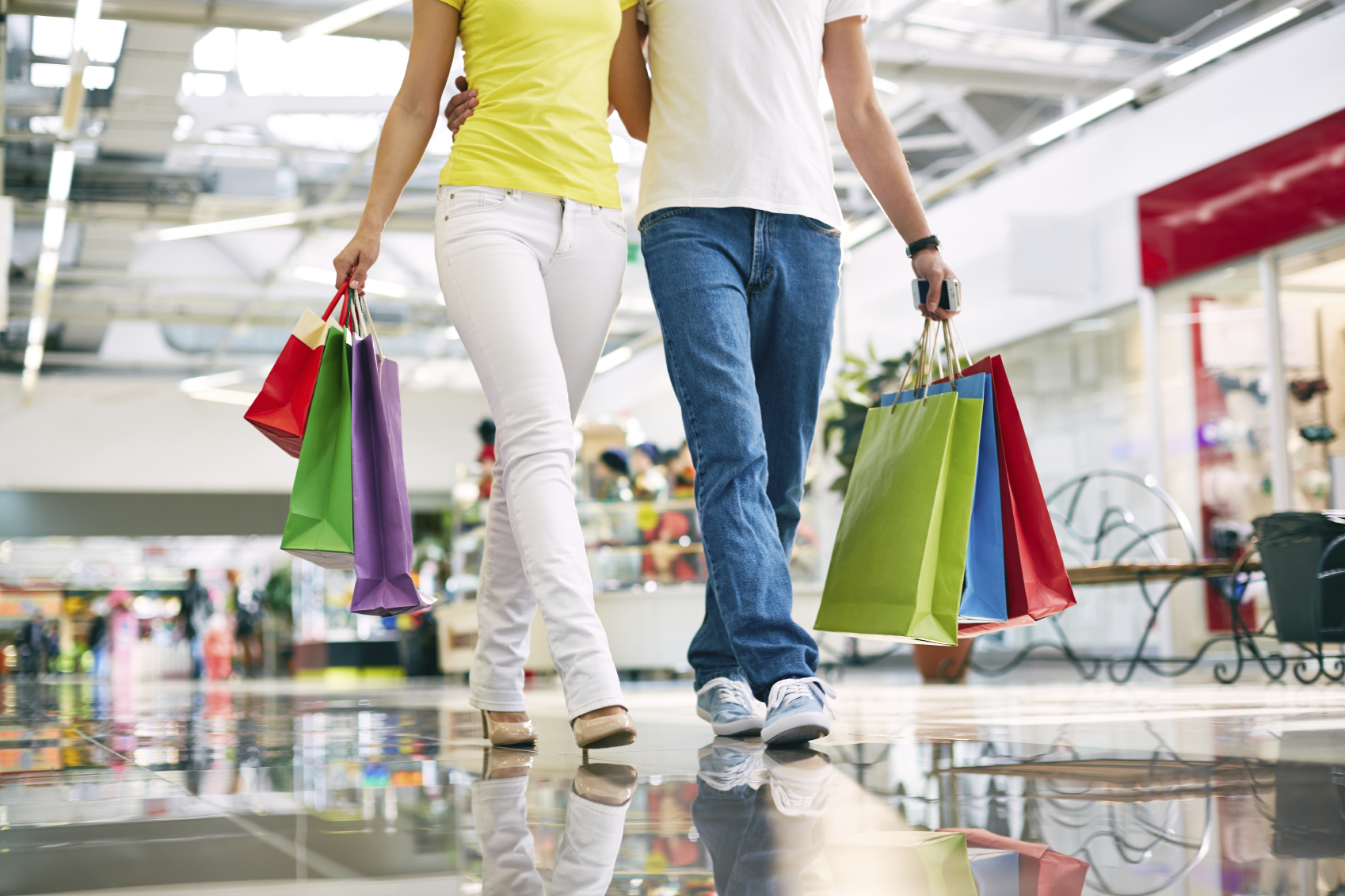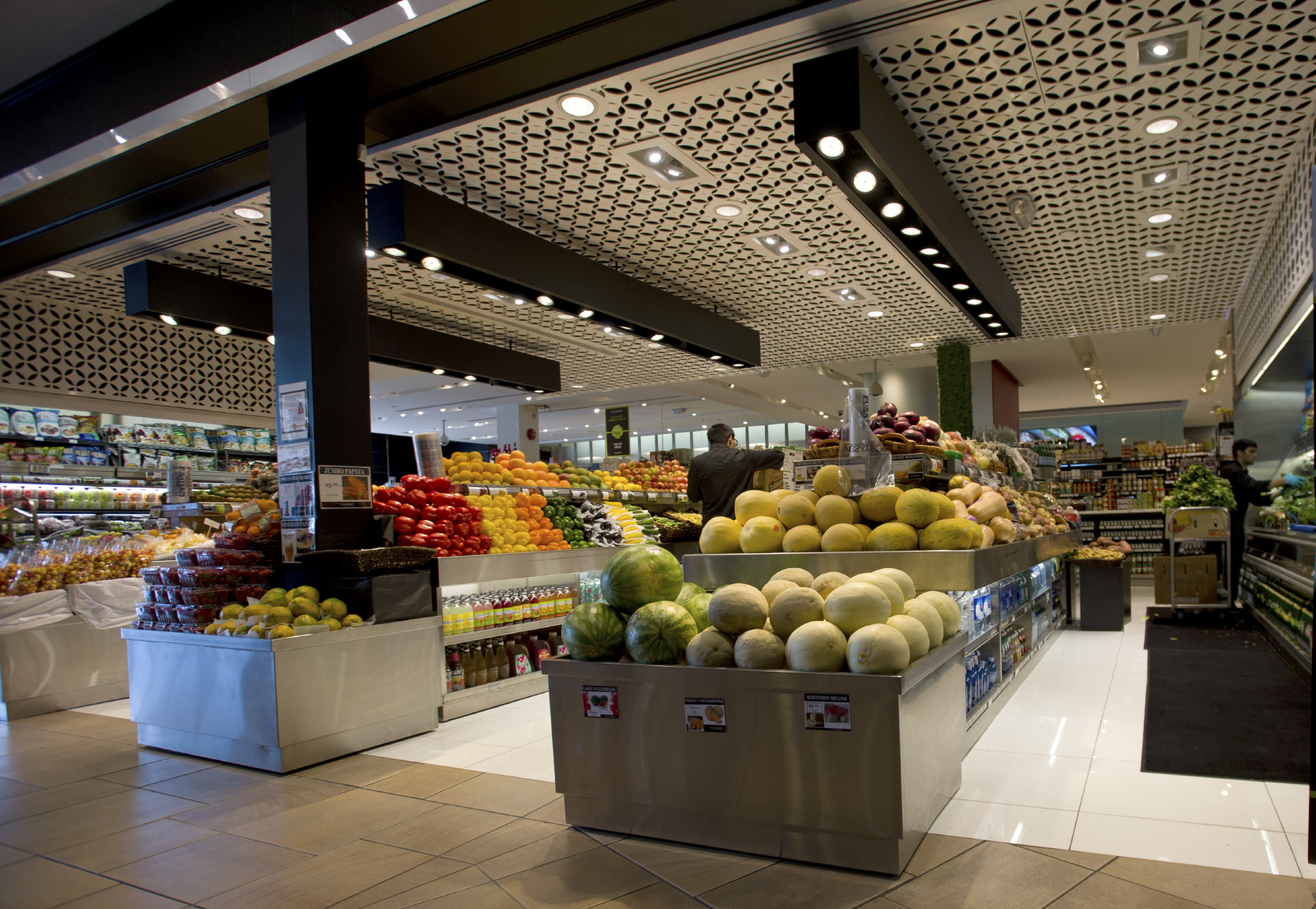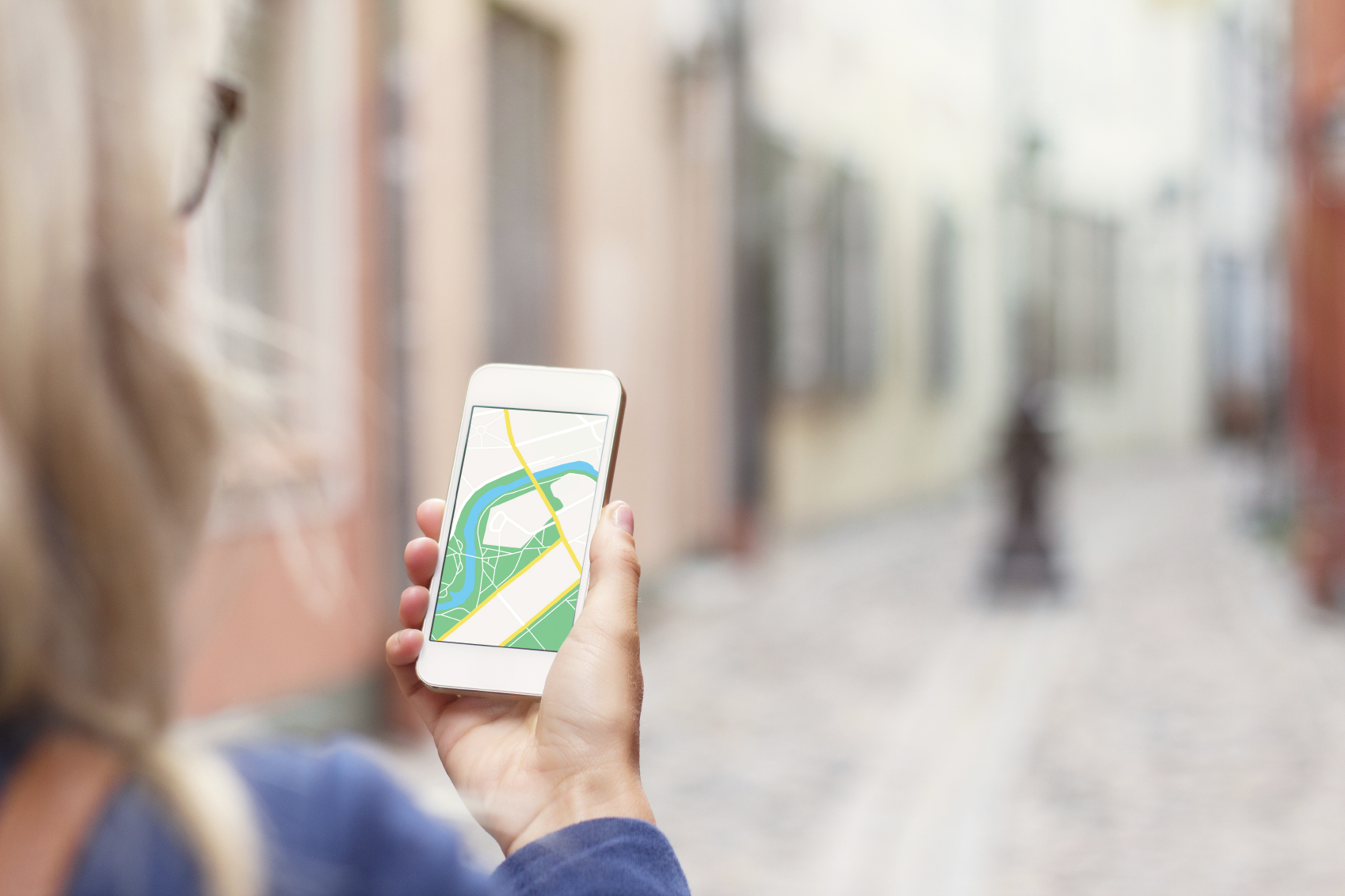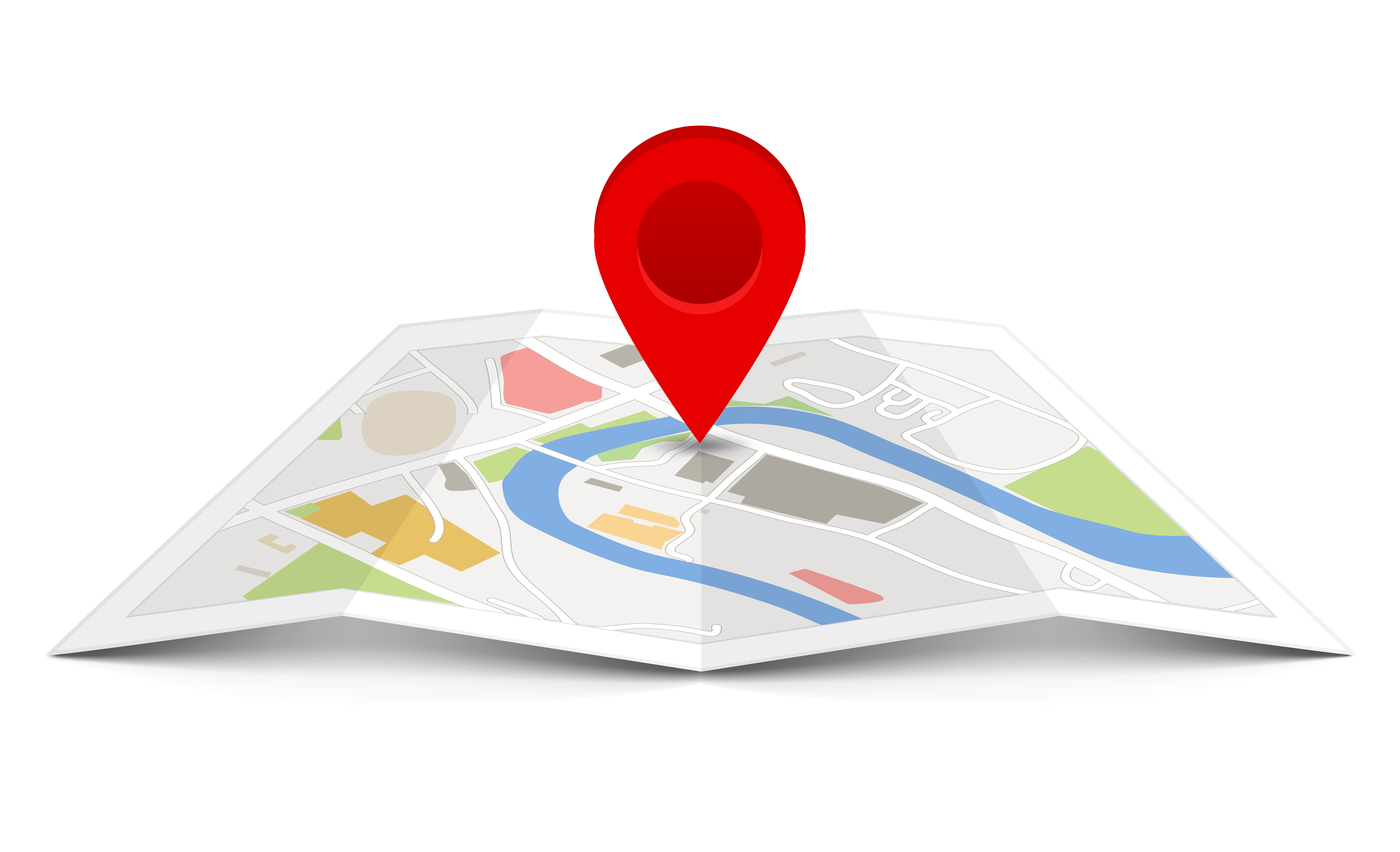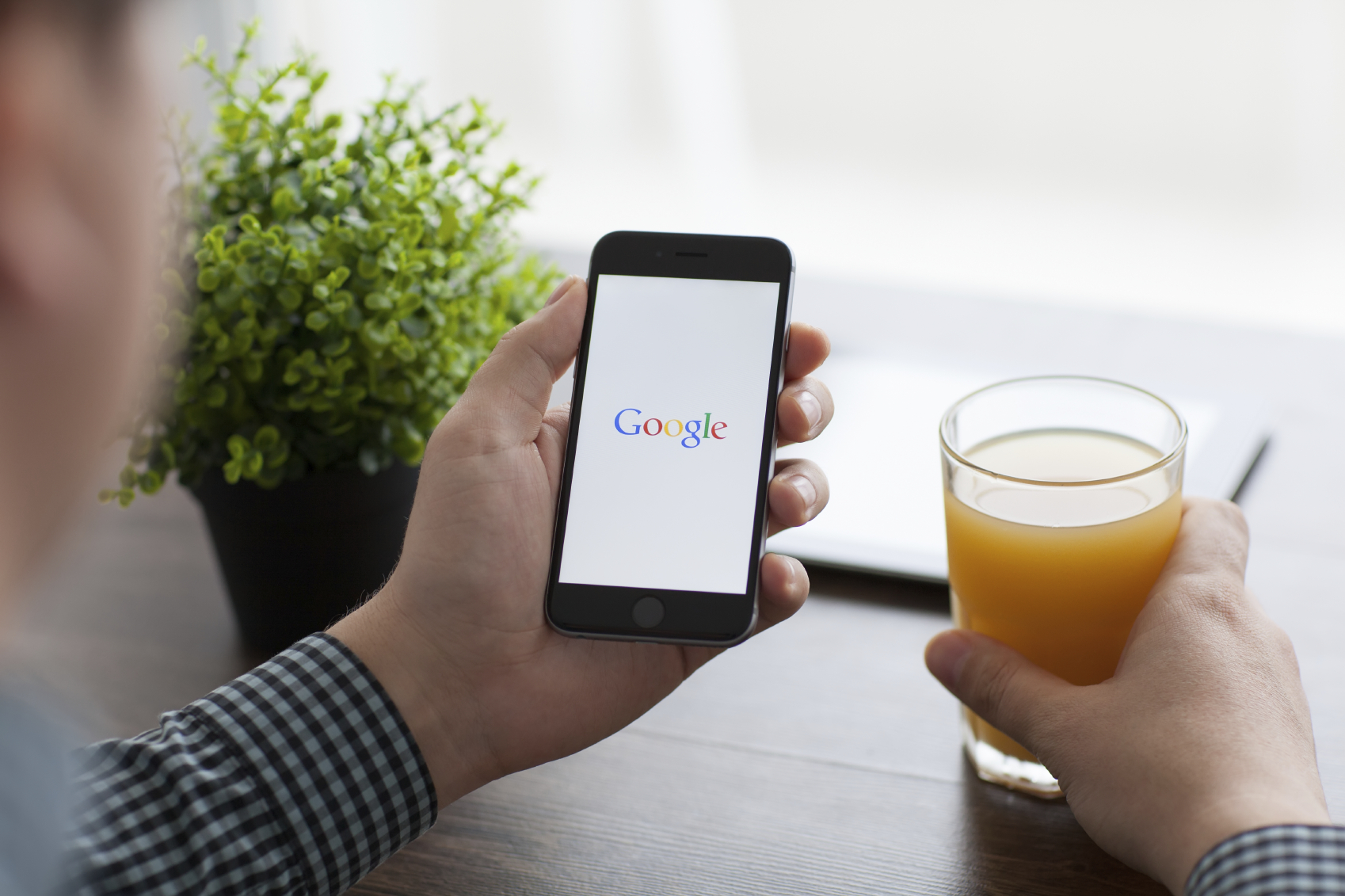Nowadays, our smartphones and wearable devices come with a ton of smart sensors that not only tracks biometric data for fitness purposes, but also environmental data that can help contextualize our surroundings. The new Google X wristband, for example, can gather environmental information like light exposure and noise levels, in addition to the myriad of biometrics it monitors. Similarly, popular weather app Dark Sky has recently started tapping into the barometer embedded in iPhones to crowdsource pressure data for better local weather forecasting.
For brands, however, the next step is transforming these sensors from passive data receivers into active data gatherers and utilizing them to generate accurate, hyperlocal data to improve context-aware targeting. Sense360, for example, is a California-based startup that specializing in the gathering and interpretation of environmental data from the various mobile sensors. Just earlier this week, they launched a new software development kit (SDK) that will allow app developers to easily access the sensors and help brands deliver a better consumer experience.
All in all, sensors hold vast potential for real-time contextual triggering, enabling brands to reach their audience at the right time and place. We expect more brands to start tapping into the data they generate, and make good use of the new targeting capability they present.
